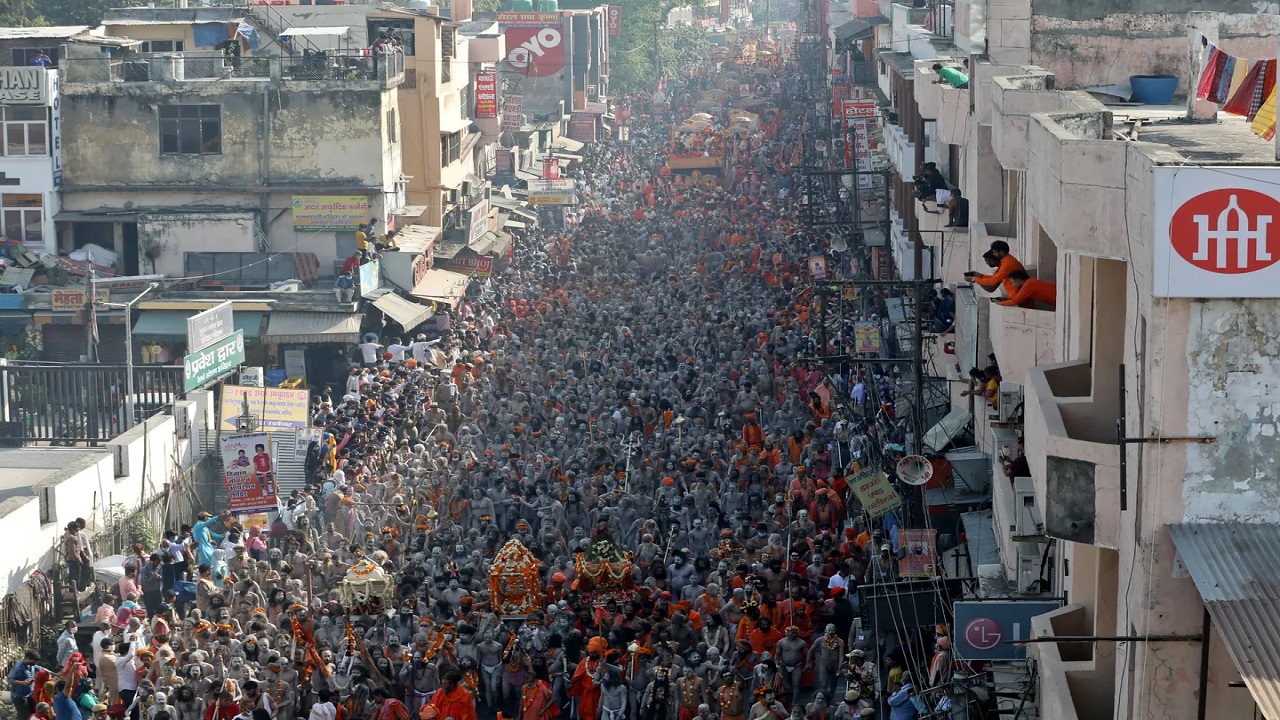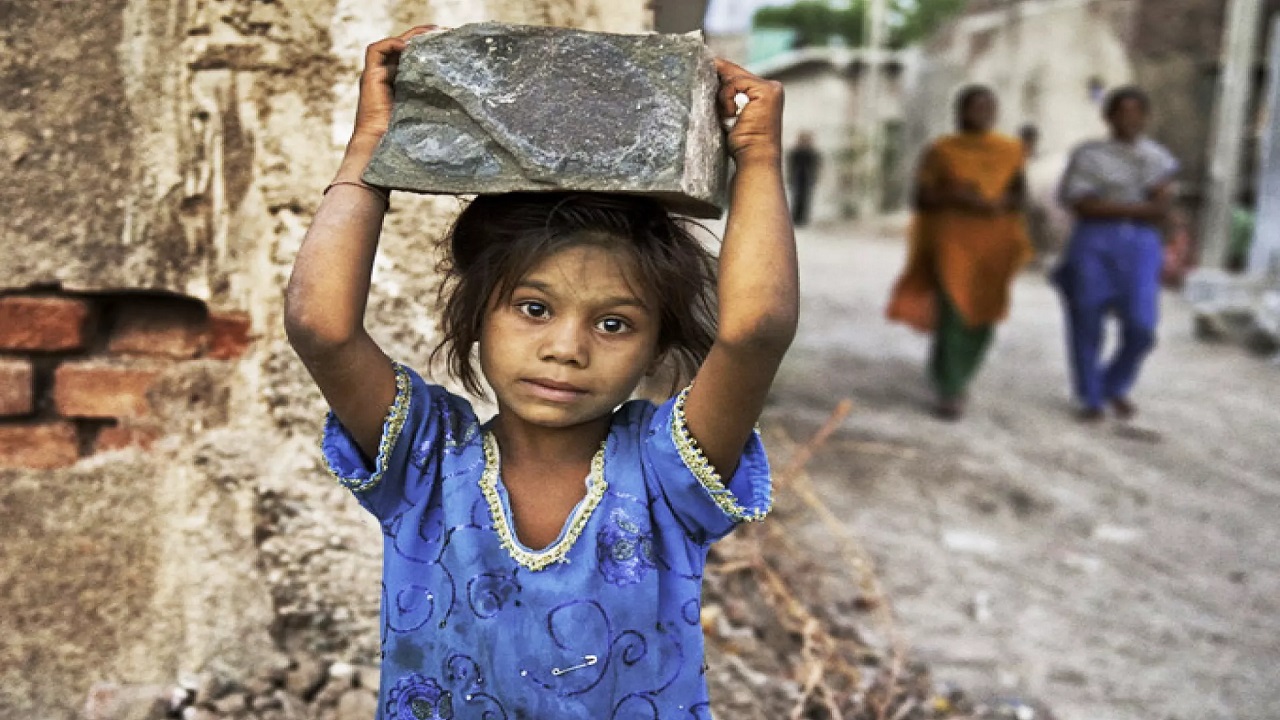Context:
Asia has warmed faster than the global average since 1960, the World Meteorological Organisation’s 2023 ‘State of the Climate in Asia’ report has said.
Background:
According to the report, released on April 23, the Asian continent is struggling with extreme climate events like floods and heatwaves, with record-breaking temperatures and precipitation reported across its countries.
Key Takeaways from the report:
- More than 2,000 people were killed and more than nine million were affected by extreme climate events across Asia in 2023. More than 80% of these events were related to storms and floods.
- The report recorded several parts experiencing severe heat waves, leading to multiple fatalities, but acknowledged that heat-related mortality is widely underreported.
- In India, severe heat waves in April and June killed around 110 people by heat stroke (a condition in which the body temperature increases beyond 40 degrees C).
- In India, floods and landslides in August 2023, primarily in Himachal Pradesh and Uttarakhand, killed at least 25 and damaged a lot of infrastructure. Lightning by itself accounted for 1,200 deaths around India through the year.
- Report noted an “alarming gap” between climate projections and the ability of Asian countries to adapt to and mitigate climate change and its impacts.
How well can Asia spot a coming disaster?
- An early-warning system is an integrated process that monitors, predicts, and forecasts hazards. It also includes activities related to risk-assessment, communications, and preparedness that allow individuals, communities, governments, businesses, etc. to take timely action to mitigate risks.
- Thanks to such systems, for example, authorities in Bangladesh had a day’s head-start to prepare for Cyclone Mocha and take anticipatory action in Cox’s Bazar, which allowed local communities to better survive its landfall.
- According to the U.N. Office for Disaster Risk Reduction, the average composite score for the availability of and access to multi‑hazard early warning systems was 0.46 out of 1 in Asia; 0.58 for preparedness to respond; and 0.50 for observation and forecasting. To compare, the world scored 0.35, 0.78, and 0.33, respectively, on average on these counts. Warning and dissemination was the strongest area under the framework for Asia while risk knowledge was the weakest.
What do these findings mean for India?
- India’s early preparedness when dealing with cyclones is commendable, but managing deaths and destruction caused by lightning needs improvement.
- The response time for lightning is very less. Although India has built mobile applications and other tools, marginalised communities are unable to utilise it.
- It is crucial that India empowers communities and local governments with the necessary resources and policies to effectively combat these evolving climatic adversities.




Comments (0)